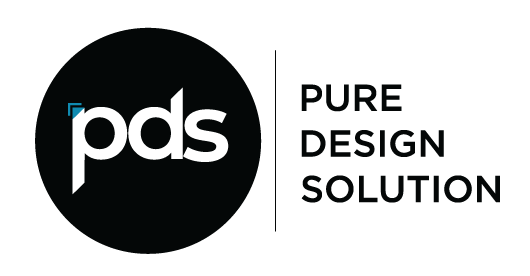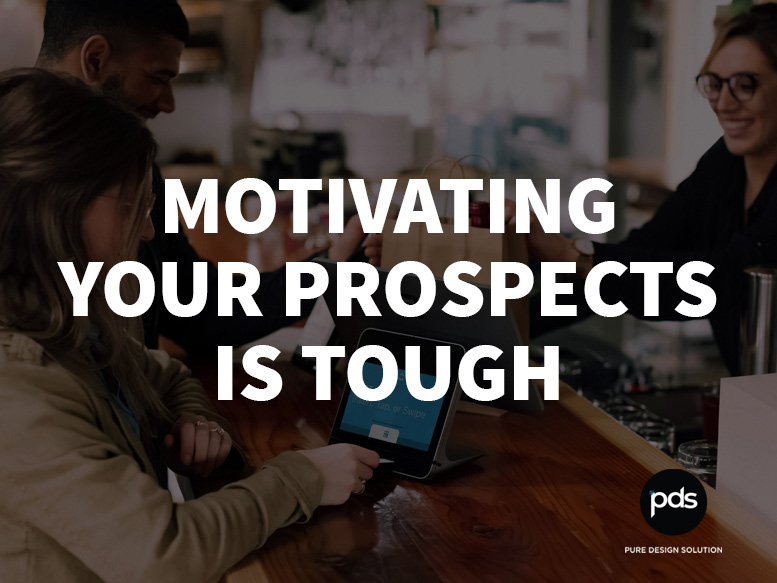Tapping into customer behavior patterns is key to success with any kind of marketing campaign. But customer behavior is constantly changing, and there’s so much to learn and include when planning or running a marketing campaign.
Here’s a story from my personal experience –
One of our food & beverage clients started hosting food-tasting events at their manufacturing facility in California. They wanted to offer their customers a peek into the manufacturing process and introduce them to their lesser-known products available in local grocery stores.
We got to work on a marketing campaign to promote the events. We started by using Eventbrite to set up event ticketing, reservations, and automated confirmation messages to the recipients. Since these events would occur every two weeks, we invested considerable time to develop brand assets and communication collateral. We called it a Food Tasting Experience.
It gained momentum fast, and by the second round, it was a sold-out affair. That meant a minimum of 200 tickets sold every time. We were OVERJOYED! It was a highly effective word-of-mouth platform where people could experience the products, buy them, and spread the word among friends.
But there was a downside. The walk-in events had less than 40% attendance – many people who signed up didn’t attend because the events were free – they had nothing to lose by signing up.
We decided to host the next event at a nominal entry fee ($5 a ticket) and offered the reimbursement of a gift voucher when the customer walked in the door. The goal was to boost attendance. Only three tickets were sold. WOW! That says a lot about customer behavior.
You’ll see the same phenomenon occur with free webinars and online Zoom meetings where people sign up but drop out last minute. We love free things – event tickets, product samples, and more. But how do you incentivize the customer to stay committed and accountable?
One thing we need to accept is that we live in a freebie world where brands are constantly offering free services or trials for us to engage. That has shaped consumer expectations.
We have to dig deeper to get our prospects to commit. Taking time to implement strategies to build their trust is more critical than ever.
Stay tuned for more on building trust.

